
Carolyn Wilke
Contributing Editor, Science News Explores
Carolyn Wilke earned her Ph.D. in environmental engineering at Northwestern University, where her research drew on the fields of environmental chemistry, materials science and toxicology. She got her start in science writing by blogging for HELIX, Northwestern’s science magazine and wrote as a AAAS Mass Media Fellow at The Sacramento Bee. Now a freelance science writer. Carolyn worked as a staff writer at Science News Explores and interned at Science News and The Scientist. When not delving into a new scientific discovery, you might find Carolyn behind her sewing machine or trying to amuse her cat.

All Stories by Carolyn Wilke
-
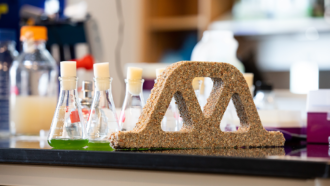 Materials Science
Materials ScienceThis ‘living’ concrete slurps up a greenhouse gas
Microbes help harden a mix of sand and gelatin into a living concrete that could interact with people and the environment in great new ways.
-
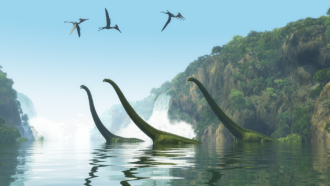 Earth
EarthScientists Say: Jurassic
During this time from about 200 million to 145 million years ago, dinosaurs reigned and many animals evolved, including birds and some early mammals.
-
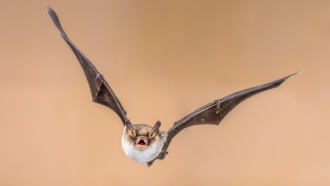 Animals
AnimalsScientists Say: Echolocation
This word describes a method that some animals use to sense their environments by making sounds and listening for their echoes.
-
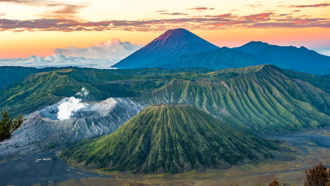 Earth
EarthScientists Say: Ring of Fire
This horseshoe-shaped path on the fringes of the Pacific Ocean holds most of the world’s active volcanos and earthquake sites.
-
 Chemistry
ChemistryBatteries should not burst into flames
Because lithium-ion batteries power modern life, they need to store a lot of energy. Now scientists are focusing on making them safer.
-
 Physics
PhysicsScientists Say: Photon
This word describes light as a particle. A photon is the tiniest possible bit of electromagnetic radiation.
-
 Space
SpaceBefore working on spacecraft, this engineer overcame self-doubt
Tiera Fletcher once dreamed of working on spacecraft. Gaining confidence helped her become an engineer who designs vehicles for moon or Mars travel.
-
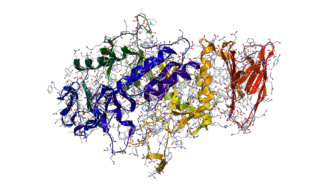 Life
LifeScientists Say: Enzyme
This word describes a molecule that speeds up chemical reactions in living things. Enzymes work by lowering the energy needed for a reaction to occur.
-
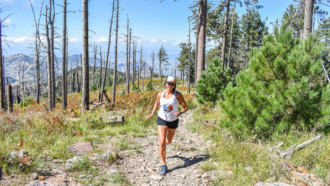 Earth
EarthDesert trails and microbial life excite this soil scientist
To help her desert community, Lydia Jennings focuses her research on how mining affects soil microbes.
-
 Brain
BrainScientists Say: Brainwaves
These patterns of electrical activity in the brain look like spikes or waves.
-
 Earth
EarthScientists Say: Meteorology
This word describes the study of processes in the Earth’s atmosphere, including the weather.
-
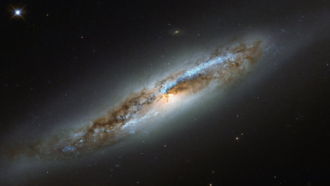 Space
SpaceScientists Say: Light-year
This is the distance light travels in one year — about 9.48 trillion kilometers. Light-years are used to measure vast distances, like those in space.